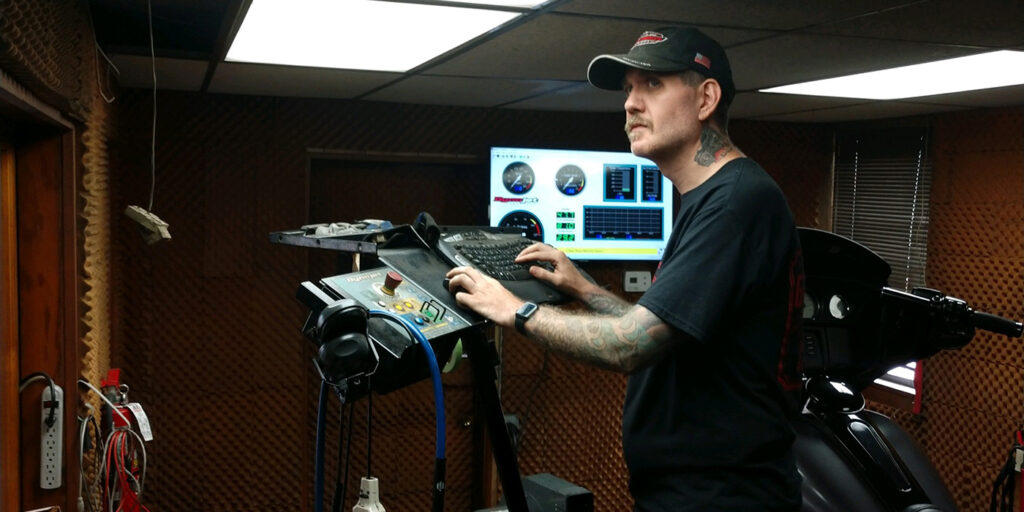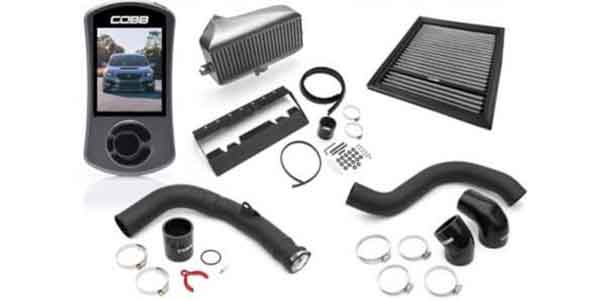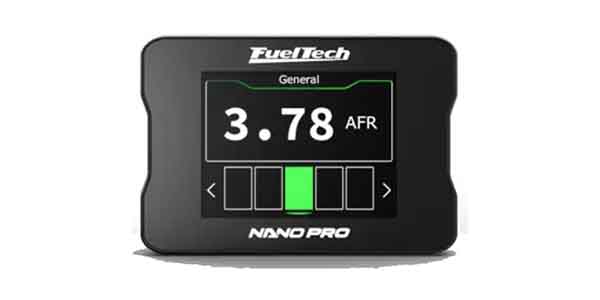How to Maximize the Potential of Your Engine
The oxygen or lambda sensor is one of the most important and one of the most misunderstood components of a modern fuel injection system. A basic understanding of how the sensor works and how to interpret its output is crucial to the successful tuning of a high performance or racing engine. Throw a power adder into the mix and the importance of the O2 sensor is further escalated. For our purposes we aren’t overly concerned with the chemical and electrical properties of the sensor – that information is widely available if you would like to delve deeper – but instead, we will focus on practical information that will help us achieve our ultimate goal: To extract as much power from the engine as safely as possible.
There are two main types of O2 sensors you may encounter. The narrow band O2 sensor is typically found in production vehicles and can be used to accurately determine air-fuel ratio (AFR) over the range 14.3:1–15.1:1 on gasoline. Notice that I say determine and not measure the air-fuel ratio. This is an important distinction that we will discuss momentarily. If you are tuning engines, particularly race engines, you are far more likely to be working with the other type of lambda sensor – the wide band oxygen sensor. With a faster response time, the ability to directly measure the oxygen content of the exhaust gas, and a usable air-fuel range of approximately 10.2:1–15.5:1 (on gasoline), the wide band lambda sensor provides critical information that can be used to safely extract massive amounts of power from your engine.

Before we delve into how to put the wide band oxygen sensor to use, it is important to understand what it is actually measuring. The first thing that probably comes to mind when oxygen sensors are brought up is AFR. In reality, the oxygen sensor has no idea how much fuel or air is being fed into the engine. Rather, it measures the oxygen content of the exhaust gas. This alone is not enough information to determine AFR. By knowing the stoichiometric value of the fuel the engine is designed to run on, defined as the AFR at which complete combustion occurs, we can calculate the AFR the engine is running at.
But what if we change fuel types or add nitrous to the mix? Different fuel types require different air-fuel ratios to achieve complete combustion. Injecting nitrous necessitates adding fuel to accommodate the extra oxygen carried by the spray. At this point, it is no longer an air/fuel mix, but rather an air/fuel/nitrous mix. These things will alter the actual required AFR being fed into the engine dramatically. However, complete combustion still looks exactly the same to the oxygen sensor regardless of what we put into the engine.
This data provided by the wide band oxygen sensor, prior to accounting for fuel type, is known as “lambda.” A lambda value of “1” represents complete combustion. This equates to roughly 14.6:1 on pump gas. Values greater than 1 are lean, whereas a number less than 1 indicates a rich condition. Tuning using lambda values is very helpful when working with different types of fuels and power adders because lambda values for best performance are essentially the same regardless of what you feed into the engine.
Most tuners will run a richer target lambda when under boost or nitrous as a safety margin, however in my experience, by starting rich and progressively tuning leaner until optimum performance is obtained, I almost always end up at or slightly below a lambda value of 0.9.
Knowing the importance of the data provided by the oxygen sensor means that we must understand how to properly install it and how to determine when it needs to be replaced. Oxygen sensor placement will vary depending on your setup. Things such as the number of sensors being used or the presence or absence of a turbocharger will have to be taken into account. Be certain to follow the instructions for the data logger or ECU you are using regarding the angle and location of the oxygen sensors. This is especially important when tuning with the myriad of closed-loop EFI systems on the market today. There are many different options to choose from, but regardless of the system being employed, there are certain strategies I turn to when tuning with wide band oxygen sensors.
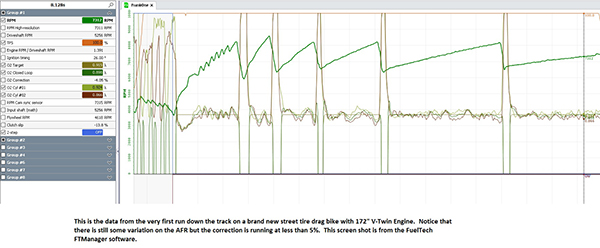
First, be sure the sensor is in good working condition. If you aren’t sure, use brand new sensors. Signs of failing sensors include delayed response times and diminished measurement range. Problems of this nature can be difficult to spot without experience, so if in doubt it is best to swap them out. As far as lifespan is concerned, I typically get 40-60 hours out of a lambda sensor when running leaded race fuel. This number drops dramatically if excessive EGTs are encountered. A bad oxygen sensor can lead to running problems or worse very quickly in a closed-loop EFI system. This is especially true if the system is configured with a wide AFR correction range.
Modern EFI systems are impressive in their closed-loop capabilities. The ECU is able to respond rapidly to data from the oxygen sensors and keep the engine running at the desired lambda value very effectively. This is extremely helpful for tuning – but can also lead to problems if relied upon too heavily. Remember, the ECU is going to react to bad oxygen sensor data. It has no way to know if there is a crack in the exhaust pipe or if the sensor is worn or damaged. Feed some bad data into a closed-loop system running an engine under 30 psi of boost and bad things are liable to happen. To prevent this sort of catastrophe from occurring, I try to rely on closed-loop as little as possible.
My tuning strategy is generally to first manually develop a base map before even starting the engine. Then, with closed-loop settings allowing +/- 20% correction, I will do some data logging and refine the map. I will repeat this process until the base map is correct within +/-2%, and then I will go to the track with the closed-loop set at +/-5%. This will allow the closed-loop system to fine tune for different ambient conditions while preventing it from making the type of dramatic changes that result from bad oxygen sensor data.
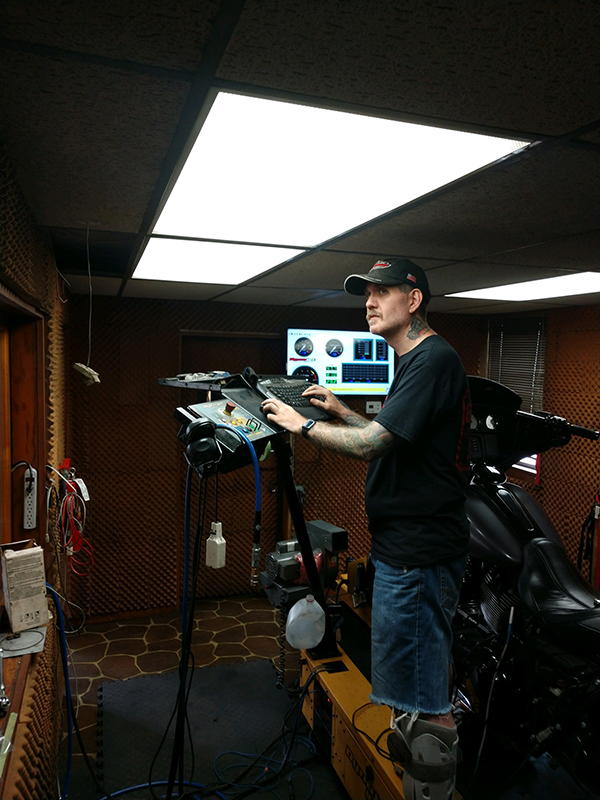
While at the track, I continue to refine the base map. Once put into service, the base map is still always evolving, thus allowing it to operate with as little closed-loop correction as possible while still adapting to changing requirements as the engine traverses it’s lifespan. It is important to note that extreme elevation changes or anything else that changes the fuel requirements more than 5% are going to require multiple passes to bring back into tune and therefore should be addressed manually before the first pass. In other words, if your last race was at sea level and your next one is in the Rocky Mountains, you’re going to want to make a fuel adjustment before you hit the track.
Oxygen sensors and the closed-loop EFI systems that utilize them are fantastic tools that can unlock levels of performance unheard of just a few short years ago. Like all tools, however, they are only as good as the person who wields them. Putting them to use requires an understanding of what the oxygen sensors are measuring, how the ECU uses that data, how the data can be compromised, and the consequences of allowing the ECU too much latitude to react to this faulty data.
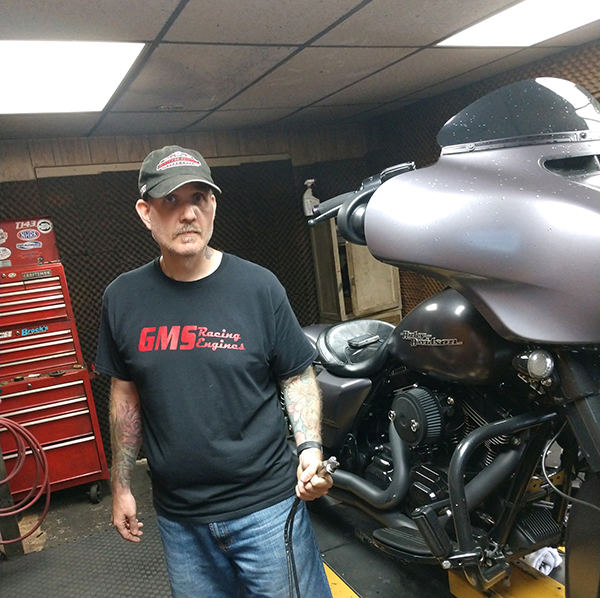
I have encountered more than one tune done by other shops that would not run at all in open loop. With the oxygen sensors unplugged, the engine wouldn’t even idle. This is extreme over reliance on the ECUs closed-loop capabilities. With the system configured like this, any sort of oxygen sensor failure is going to lead to extremely poor running and possible engine damage. When the base map is correct, the engine should run just as good in open-loop as it does in closed-loop. Closed-loop correction should only be relied upon for fine adjustments to adapt to things like changes in ambient conditions or very slight variations in fuel quality.
During the tuning process, however, wide band O2 sensors and closed-loop control can be leveraged to quickly develop a refined base map that is ready for competition. In this way, we can get the most of this technology while avoiding some of the potential pitfalls it can present. EB

